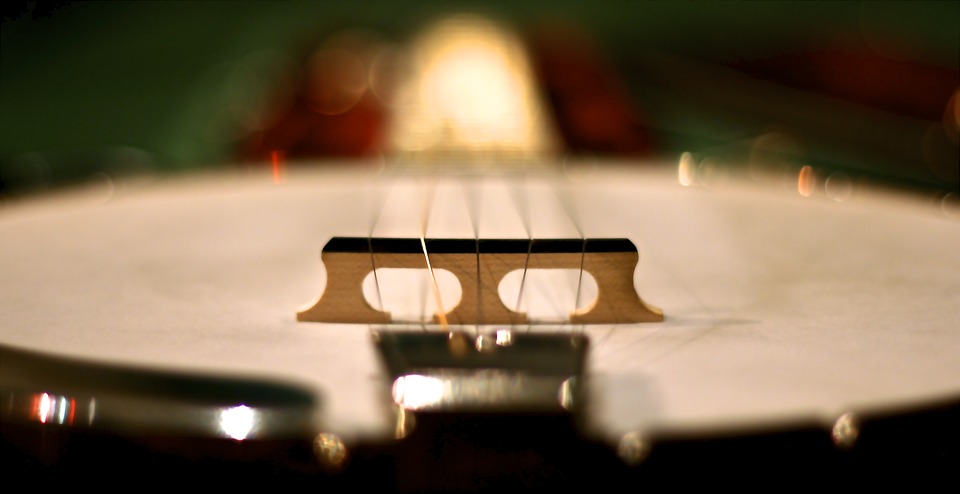
There’s no denying how iconic the banjo is. Not only does it boast an unmistakably unique aesthetic look, but it also produces a recognisably beautiful and striking tone that no other instrument can truly replicate. This has allowed the instrument to remain well-liked despite more popular stringed instruments like guitars which have taken the limelight over the years. To this end, here are just a few advantages of learning a banjo over other instruments.
- Banjos are generally easier to learn
Unlike other instruments that often require a considerable investment of time to become competent, learning the banjo is usually easier to get into and learn. While it still presents its own unique and fair share of challenges, the simplicity of the instrument ensures that even a daily routine of short practice sessions will be sufficiently effective. Best of all, with plenty of references available both offline and online, you’ll always have the resources you’ll need to be able to learn to play dueling banjos for beginners.
- Banjos are often cheaper than other alternatives
Apart from time, money plays a much more crucial role in learning an instrument more than many of us give it credit for. After all, money doesn’t fall off trees, and the majority of us will undoubtedly have no more than a modest budget to invest towards pursuing our passion for music. By opting to learn the banjo, not only will you be able to learn music much faster, but it won’t cost you an arm and a leg.
- Banjos are unique instruments
One of the reasons why many musicians love the banjo is because of how unusual and unique the instrument is. From the way it looks to the melodic sounds that it can produce, banjos are versatile instruments that allow for a high level of creativity that music in this day and age seems to lack. By taking up the banjo, you’re guaranteed to stand out from the oversaturated genres of today and play pieces that are as unique as the instrument itself.
- The musical system of a banjo is complete
Music is all about the perfect balance between rhythm and melody. Not unlike fish and chips, you can’t just have one without the other. Having to play the drums without the accompaniment of other instruments, for example, can undoubtedly tire the ears of the listeners. The same goes for the melodic pieces of the mandolin which can only exist with a suitable rhythm section. The banjo, on the other hand, boasts a musical system that is more or less complete. While it can be played with other instruments, it also lends itself well to being played on its own.
It’s not hard to see why the banjo continues to be relevant even in this day and age of electronic and technologically-driven music. It represents an era that is as timeless as it is unique, allowing those to pursue competency in the instrument to do so at their own pace and time.
Image: Pixabay.com
If you liked this post, feel free to read about me and the Vanilla Mist Blog.
Leave a Reply